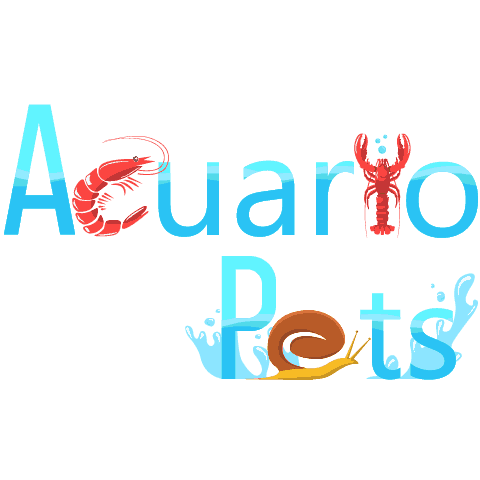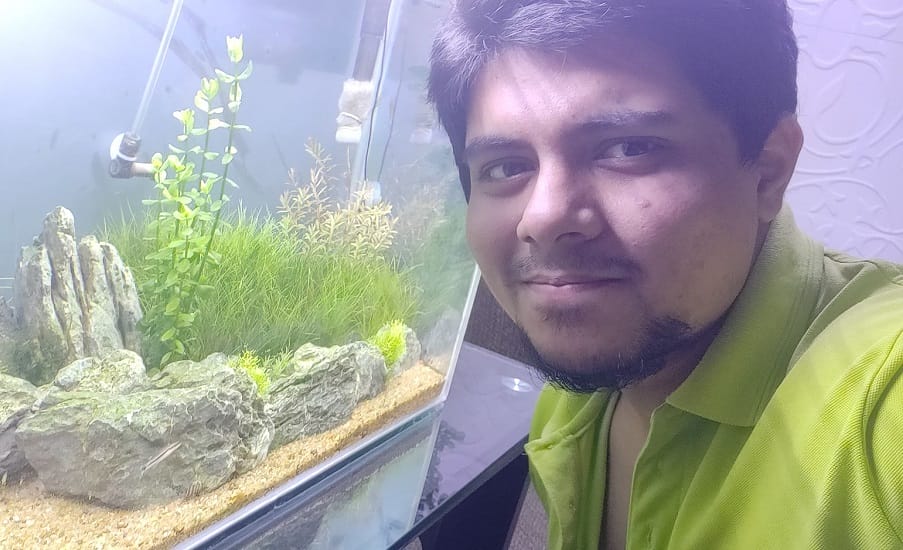This post was created with help from AI tools and carefully reviewed by a human (Muntaseer Rahman) . For more on how we use AI on this site, check out our Editorial Policy.
Check Out These FREE Tools We Made JUST For You!
Why Is My Bearded Dragon Breathing So Fast?

You’re sitting there watching Netflix, and you glance over at your bearded dragon. Wait. Is that… is that thing breathing like it just ran a marathon?
I get it. That first time you notice your beardie doing its best impression of a tiny, scaly steam engine can be flat-out terrifying.
Here’s the deal: sometimes fast breathing is totally normal. Other times? Not so much.
Let’s figure out what’s going on with your little dragon buddy.
The “Chill Out, Everything’s Fine” Reasons
They Just Demolished Their Dinner
Bearded dragons breathe differently after eating because heat plays a huge role in their digestion, unlike the acids we mammals use.
Think of it like this: you just ate a massive burrito, and now your body needs to work overtime to process it. Except for beardies, that “work” involves cranking up their internal oven by basking under their heat lamp.
After eating, bearded dragons will bask in the heat, and with this temperature shift, they might breathe heavily.
The sides of their body might even look like they’re moving rapidly. Looks weird, but it’s just their digestive system doing its thing.
Pro tip: Keep all food smaller than the distance between their eyes to prevent choking and excessive heavy breathing.
Your Dragon Is Basically Having a Panic Attack
Bearded dragons can stress pretty easily because they’re relatively small creatures living in a giant world full of dangers.
Here’s what freaks them out:
- You just moved their tank to a different spot
- There’s a new pet in the house (especially cats or dogs who won’t stop staring)
- Loud noises (vacuum cleaners are basically dragon horror movies)
- You’re handling them too much when they’re not in the mood
- Their tank setup changed and they’re not used to it yet
When stressed, a bearded dragon’s breathing can return to normal anywhere from a few minutes to 15 minutes after the stress trigger is removed.
Give them some space. Let them chill. Most of the time, the breathing calms down once they realize the world isn’t ending.
They’re Just Too Dang Hot
Bearded dragons may gape and breathe heavily as a way of cooling down their bodies when the basking spot gets too hot.
It’s like when you’re standing in the sun on a blazing summer day and you can’t help but pant a little. They’re doing the same thing.
Temperature check: Juveniles under 6 months need a basking temperature of 110°F, while bearded dragons over 6 months should have a basking temperature of 105°F.
If your dragon is mouth-breathing and hanging out directly under the lamp, it might be time to adjust that bulb or move it up a bit.
The “Okay, Now We Need to Pay Attention” Reasons
Respiratory Infections (The Big One)
Here’s where things get serious.
Upper respiratory infections (URIs) are bacterial infections in the lungs that result from excess moisture, and they can prove deadly if left untreated.
How to spot a respiratory infection:
Symptoms include mucus around the mouth and nostrils, wheezing or popping noises when breathing, sneezing, puffing up their throat constantly, loss of appetite, lack of energy, black beard for more than 6 hours, and visible breathing difficulties.
Not just one symptom. Usually you’ll see multiple red flags at once.
If they’re black-bearding, have mucus-like stuff coming from their mouths, or make coughing sounds, they need a vet ASAP.
What causes respiratory infections?
Issues include improper temperatures, high humidity levels, dirty tank conditions, and inadequate UVB lighting.
Humidity should stay between 30-40%, basking temperatures for babies between 105-110°F and 95-100°F for adults.
They Drank the Bath Water (Oops)
When bath water is too high and gets above the bearded dragon’s vents, they can breathe it in and aspirate it into their lungs.
If your dragon just had a bath and is now breathing heavily, they might have inhaled some water.
Keep them warm and dry. Gently tilt them at a 45-degree angle to help drain any water. If it doesn’t improve within an hour or two, call your vet.
Tank Conditions Are Off
High or low humidity can cause bearded dragons to breathe heavily to accommodate the changes, and temperature extremes could be a cause as well.
Ideal setup:
- Humidity: 30-40%
- Basking area: 95-110°F (depending on age)
- Cool-down area: 70-80°F
Wrong temps or humidity? Your dragon’s body has to work overtime just to function normally.

Your Beardie Has More to Say…
This article tells you WHAT to do, but do you know WHY your dragon needs it? Or what they’re thinking when you do it wrong?
Read the full rant (all 20 chapters of it) in: “What Your Bearded Dragon Wishes You Knew”
*Told by a very frustrated beardie who’s had ENOUGH of watching you guess.*
How Fast Is Too Fast?
Let’s talk numbers.
The normal respiratory rate for a bearded dragon is approximately 20-40 breaths per minute, or about 6-10 breaths per minute according to other sources.
During sleep, a bearded dragon’s breathing can reduce to 3-4 breaths per minute because their metabolism slows down.
Count the breaths for 15 seconds and multiply by 4. If they’re way above that range and it’s not right after eating or during stress, something’s up.
What to Do Right Now
Here’s your action plan:
Step 1: Rule out the normal stuff
- Did they just eat? Give them 30 minutes to digest
- Are they basking? Check if they’re just thermoregulating
- Did something startle them? Wait 15 minutes to see if breathing normalizes
Step 2: Check the environment
- Measure basking temp with an infrared thermometer
- Check humidity levels (get a digital hygrometer)
- Make sure nothing in or around the tank is stressing them out
Step 3: Look for other symptoms
- Mucus or discharge from nose/mouth?
- Weird sounds when breathing (wheezing, popping, clicking)?
- Black beard that won’t go away?
- Not eating or acting lethargic?
Step 4: When in doubt, vet it out
Respiratory infections require veterinary treatment with antibiotics and will not resolve on their own.
If you see multiple symptoms or the fast breathing doesn’t stop after addressing the obvious causes, get to a reptile vet ASAP.
The Bottom Line
Fast breathing in bearded dragons isn’t automatically a five-alarm fire.
Most of the time, they’re just digesting their lunch, stressing about the dog that won’t stop staring at them, or trying to cool off under their heat lamp.
But here’s the thing: you know your dragon better than anyone. If your gut is telling you something’s off, trust it.
Early in the disease process, reptiles often show subtle signs like decreased appetite or slight lethargy, and untreated, they progress to increased respiratory rate, effort, and potentially death.
Better to have a vet tell you everything’s fine than to wait too long on something serious.
Keep those temps right, humidity in check, and stress levels low. Your little dragon will thank you for it.
Quick Reference: When to Panic vs. When to Chill
| Chill Out | Call the Vet |
|---|---|
| Breathing heavily right after eating | Heavy breathing + mucus from nose/mouth |
| Fast breathing during basking | Wheezing, popping, or clicking sounds |
| Heavy breathing for 5-15 min after being startled | Black beard lasting more than 6 hours + breathing issues |
| Mouth gaping while directly under heat lamp | Loss of appetite + lethargy + breathing problems |
| Normal activity and appetite | Breathing heavily for hours with no obvious cause |
Your bearded dragon is counting on you to be their advocate. You’ve got this.
About Author
Hello, I’m Muntaseer Rahman, the owner of AcuarioPets.com. I’m passionate about aquarium pets like shrimps, snails, crabs, and crayfish. I’ve created this website to share my expertise and help you provide better care for these amazing pets.
Disclaimer
This site is owned and operated by Muntaseer Rahman. AcuarioPets.com is a participant in the Amazon Services LLC Associates Program, an affiliate advertising program designed to provide a means for sites to earn advertising fees by advertising and linking to Amazon.com. This site also participates in other affiliate programs and is compensated for referring traffic and business to these companies.

